To provide the best experiences, we use technologies like cookies to store and/or access device information. Consenting to these technologies will allow us to process data such as browsing behaviour or unique IDs on this site. Not consenting or withdrawing consent, may adversely affect certain features and functions.
The technical storage or access is strictly necessary for the legitimate purpose of enabling the use of a specific service explicitly requested by the subscriber or user, or for the sole purpose of carrying out the transmission of a communication over an electronic communications network.
The technical storage or access is necessary for the legitimate purpose of storing preferences that are not requested by the subscriber or user.
The technical storage or access that is used exclusively for statistical purposes.
The technical storage or access that is used exclusively for anonymous statistical purposes. Without a subpoena, voluntary compliance on the part of your Internet Service Provider, or additional records from a third party, information stored or retrieved for this purpose alone cannot usually be used to identify you.
The technical storage or access is required to create user profiles to send advertising, or to track the user on a website or across several websites for similar marketing purposes.
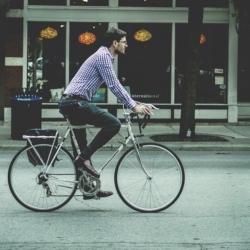 According to the latest data from the Cycle to Work Alliance, June 2020 saw a 120 per cent increase in the number of people joining the government Cycle to Work scheme. Introduced in 1999 as part of a series of measures under the government’s Green Transport Plan, it is now undergoing a revival as thousands of people remain reluctant to use public transport fearing exposure to COVID-19. (more…)
According to the latest data from the Cycle to Work Alliance, June 2020 saw a 120 per cent increase in the number of people joining the government Cycle to Work scheme. Introduced in 1999 as part of a series of measures under the government’s Green Transport Plan, it is now undergoing a revival as thousands of people remain reluctant to use public transport fearing exposure to COVID-19. (more…)




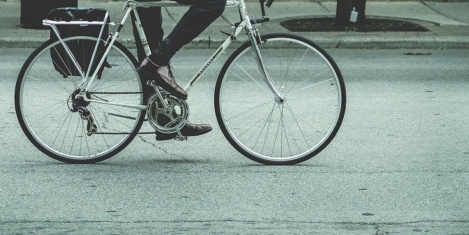


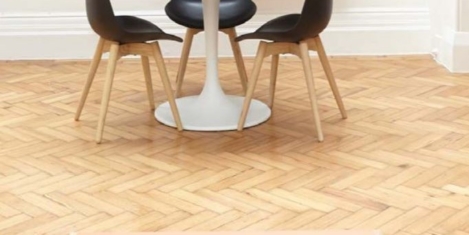
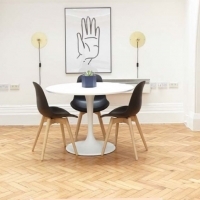
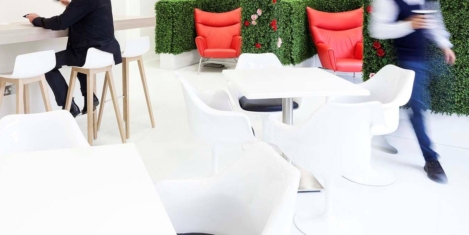
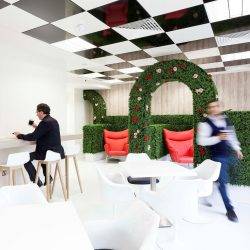
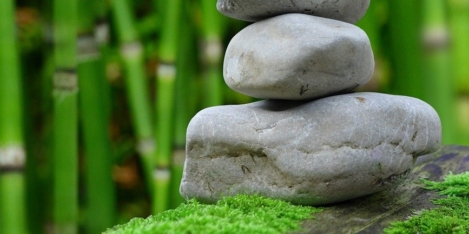
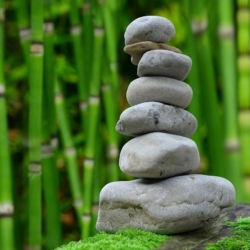
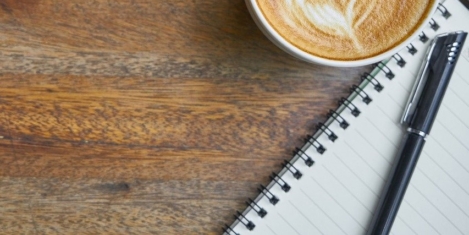


 New research suggests that almost half (44 percent) of working carers in England and Wales, equivalent to around 1.6 million people, are struggling to cope with the pressures of balancing their work and caring responsibilities – and that a quarter (24 percent) have considered giving up their job entirely. These are the findings in a newly published report, titled “Supporting working carers: How employers and employees can benefit”, from the
New research suggests that almost half (44 percent) of working carers in England and Wales, equivalent to around 1.6 million people, are struggling to cope with the pressures of balancing their work and caring responsibilities – and that a quarter (24 percent) have considered giving up their job entirely. These are the findings in a newly published report, titled “Supporting working carers: How employers and employees can benefit”, from the 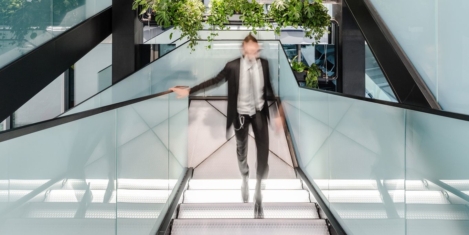
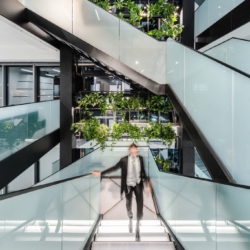
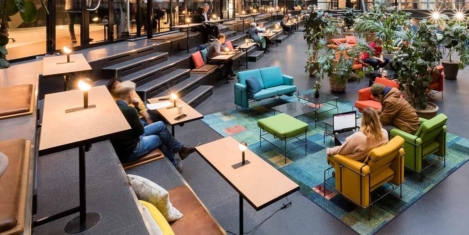
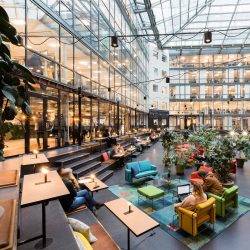
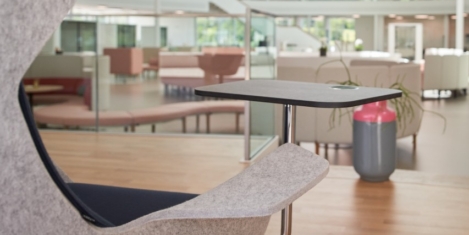
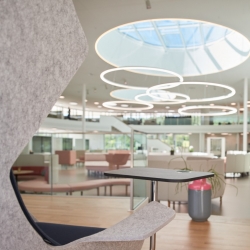
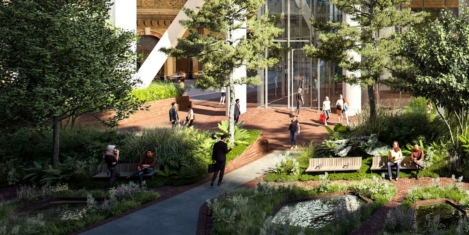
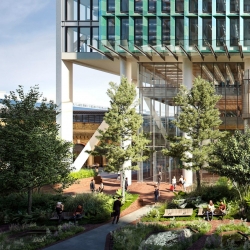








August 7, 2020
A dog`s life in the future of work
by Mark Eltringham • Comment, Flexible working